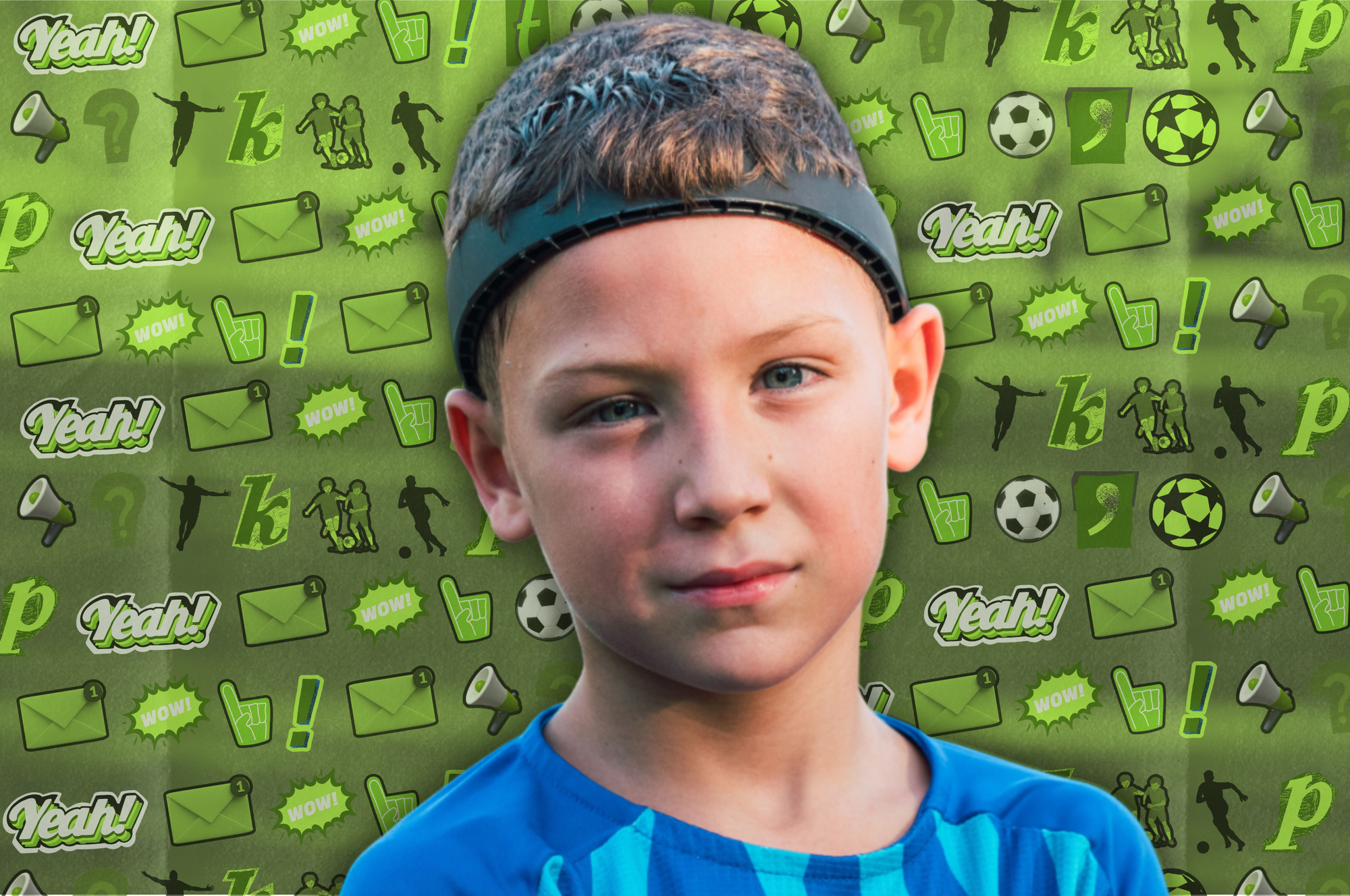Headers in Soccer: Do soccer players get concussions from Headers?
Headers in soccer are an iconic part of the game, but new research highlights a growing concern: repetitive impacts to the head may contribute to long-term neurological damage. Are headers safe? Here’s what science and FIFA say.
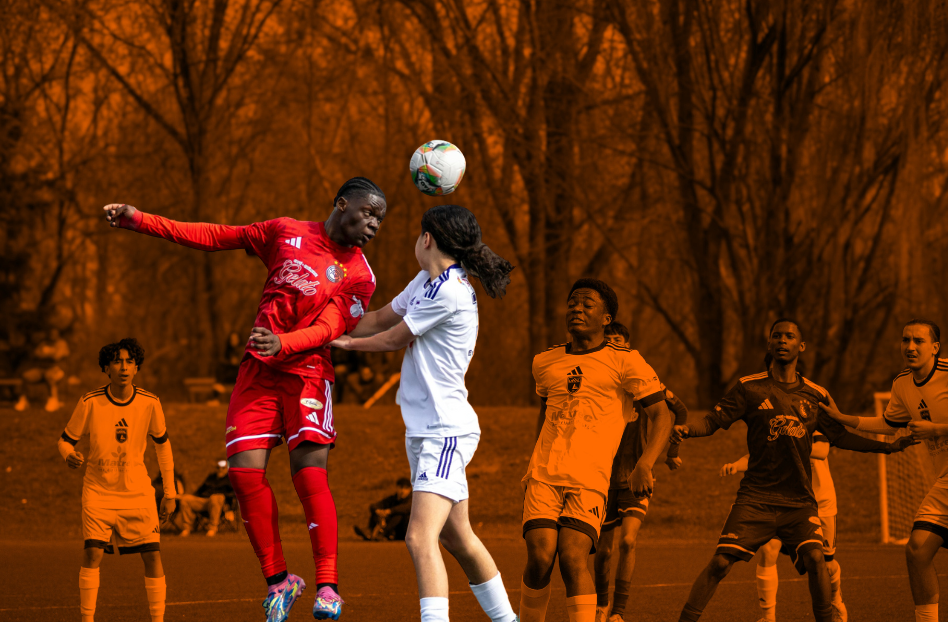
Soccer, known globally as "the beautiful game," involves a variety of physical skills. Among them, headers are one of the most iconic and critical moves—used both defensively and offensively. Yet, growing scientific evidence reveals that repeated heading of the ball may be linked to serious neurological issues. So, do soccer players get concussions from headers? Let’s explore the facts.
Why headers matter in soccer
Headers serve multiple purposes:
- Redirecting the ball during crosses and corner kicks
- Defending against aerial threats
- Assisting or scoring goals
They require timing, positioning, and courage. However, every time a player heads the ball, they subject their brain to a rapid acceleration-deceleration force. Over time, these repetitive impacts may accumulate and cause harm.
Do headers cause concussions?
Yes, they can. While not every header results in a concussion, studies show that repeated sub-concussive impacts may alter brain function. According to a 2019 study by the University of Glasgow, professional footballers were five times more likely to develop Alzheimer's disease compared to the general population.
A separate investigation published in Radiology examined amateur players with over 20 years of experience and found that those who headed the ball frequently scored significantly lower on memory and cognitive tests.
Key findings include:
- Headers can cause microtraumas in the white matter of the brain
- Ten or more headers in one session may impair cognitive function
- Symptoms include dizziness, confusion, memory loss, and mood swings
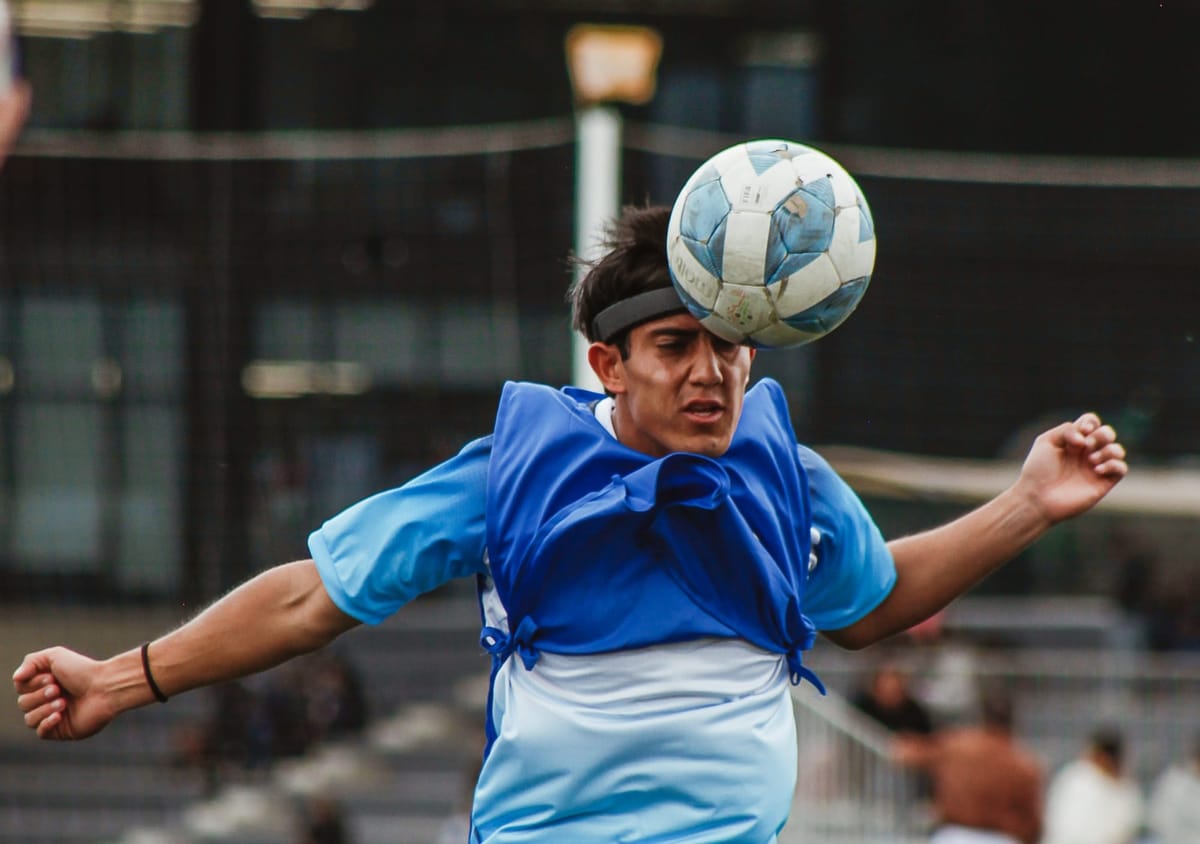
What FIFA says about head injuries
FIFA acknowledges the risk of head injuries. Their SCAT5 (Sport Concussion Assessment Tool 5) is the standard protocol for assessing concussions on the field. The protocol mandates:
- Minimum 10-minute assessment off the field
- No return to play if concussion is suspected ("If in doubt, sit them out")
- Follow-up evaluations before returning to competition
Tools for safer play: The role of head protection
While FIFA doesn’t mandate headgear, it allows protective equipment as long as it is:
- Soft and padded
- Lightweight
- Non-dangerous to others
Confidence and safety in every header
Proteckthor is an innovative protective headband designed to reduce the impact of headers by up to 93%, without affecting performance. It meets FIFA's Law 4 standards and is already being used in elite and grassroots competitions.
Why choose Proteckthor?
- Mechanically tested for impact absorption
- Comfortable and sweat-resistant
- Approved for official match use
- Used by professional players in the Kings & Queens League and youth academies
⚠️ Alert: Every header counts. Repetitive, minor impacts are just as dangerous over time. Even if there are no visible symptoms, always monitor for cognitive or behavioral changes.
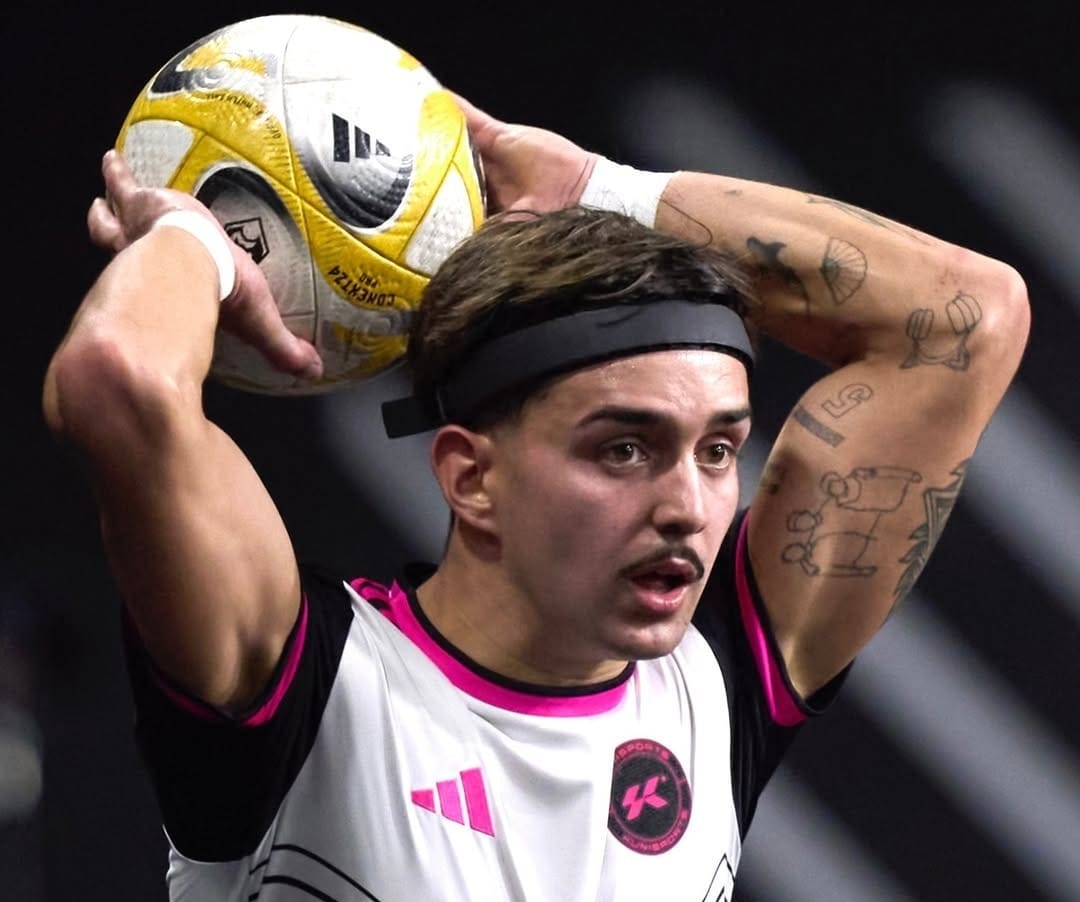
How to protect your brain while playing
✔ Tips to play smart and safe:
- Limit headers in training, especially for children and teenagers
- Use protective gear like Proteckthor in matches and practice
- Follow proper heading technique: hit with the forehead, not the crown or side
- Communicate injuries: don’t hide symptoms to stay in the game
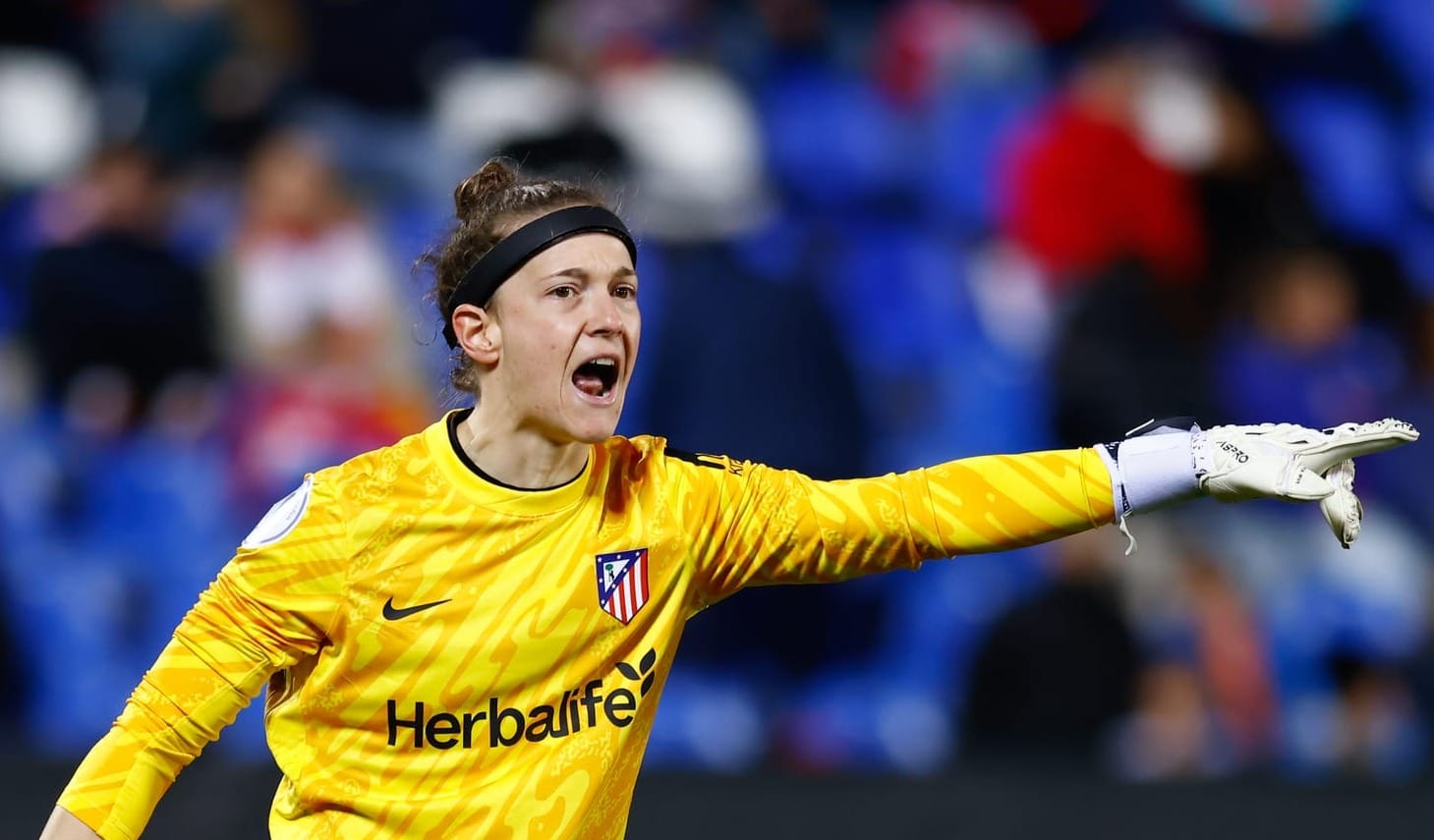
Impact protection tape
Join the revolution and enjoy safer football without losing strength in your shots.
Headers are a unique and thrilling part of soccer, but they come with risks that shouldn’t be ignored. With increasing scientific data linking headers to long-term neurological damage, players, coaches, and parents must act proactively.
Equip yourself with knowledge, play responsibly, and protect your head – because the real goal is a healthy career.
